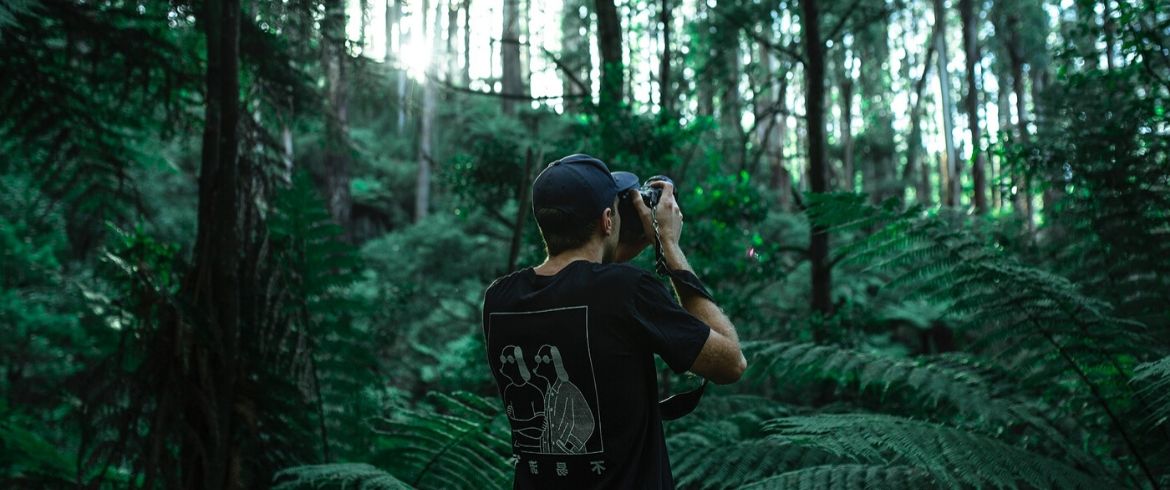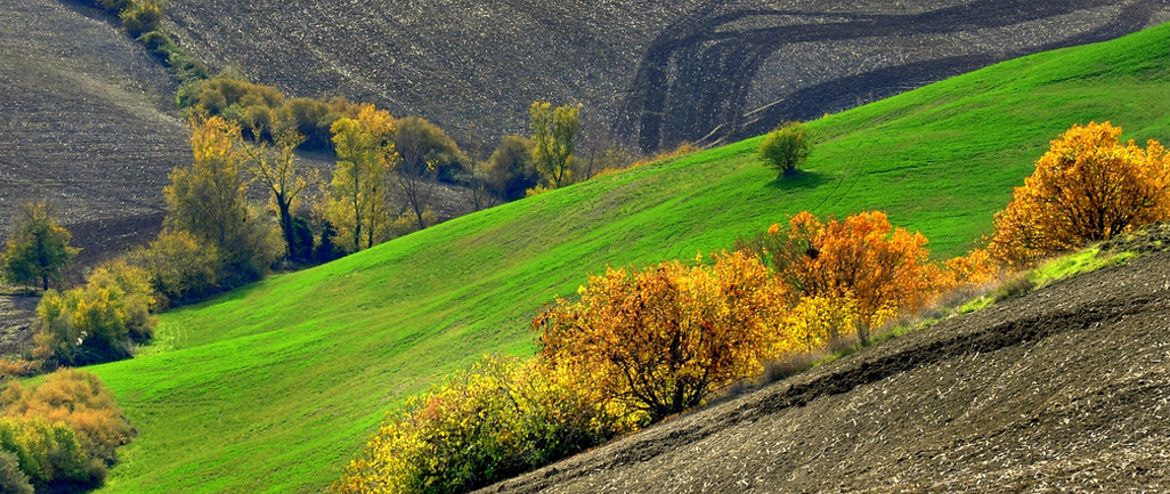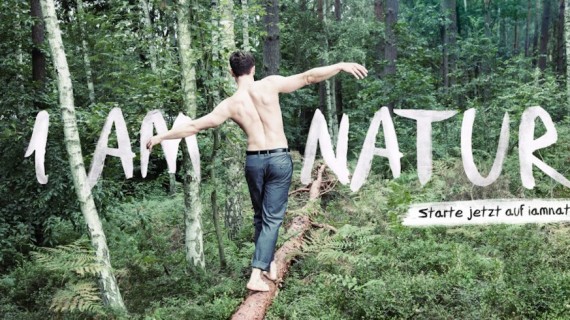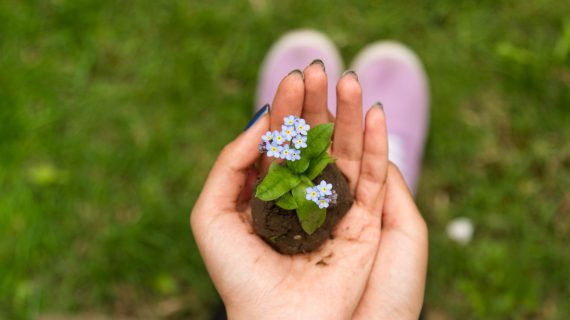SLR photography has become more popular and available to people in the last decades. The prices of D-SLR cameras have become more accessible and more and more people have become photography enthusiasts. They buy a camera and go out on photography trips to try and capture the beauty of the world.
Most of them are inclined to capture beautiful landscapes and post photos on photography forums like Flickr, Google+, and social media. While some of these photos get a lot of endorsements from friends, not all have a good composition or have an exceptional technique. And this is normal, not all people know the insides of photography, and every style has some unwritten rules that can make your photographs better.
Wildlife photography gets easily incorporated into landscape photography, somehow. It is easy to spot an animal while you try to find the best spot for your photo, but capturing a moment that will make your photo go viral takes time and patience. Wildlife photography is about patience most of the time because you cannot intervene and change the environment. You cannot ask the animal to stand in a certain way, so all you have to do is sit and wait for the perfect moment.
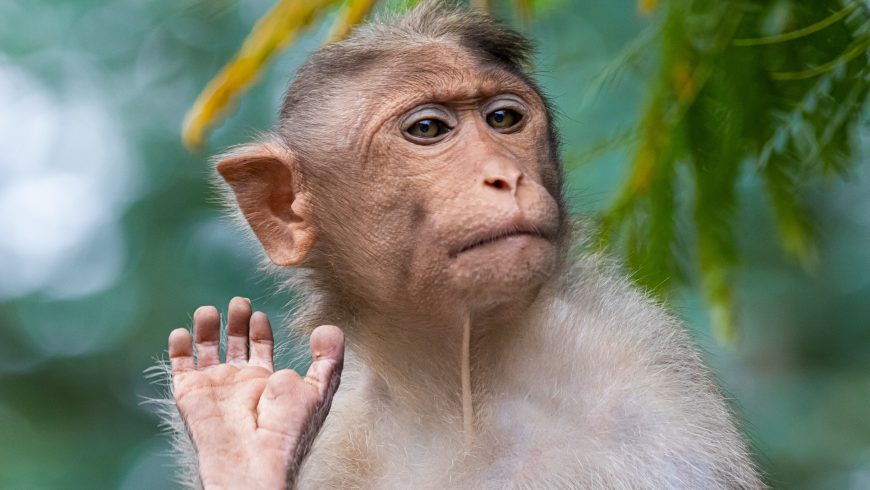
There are a lot of iconic photos that capture the amazing wildlife and behind them is a lot of preparation and waiting. You might think that you have to wait a lot and this is lost time, but you are wrong. Even though at times it might be frustrating, because animals are just doing what they have to do and the waiting can be very long, this should not be a reason to get angry and sad.
The good part of this waiting for the perfect shot is that you get to know those animals better. You learn their habits, you learn new things about them, you see how they interact with each other. And knowing how a species behaves is important because it helps you find the moment and the perfect spot to take a wonderful picture.
The more time you spend with the animals, even though you need to keep your distance, the more intimate your photos will be. Spending time with animals will be revealed in your photos. They sense your presence even though you keep a distance, but over time they will become accustomed to it. This is a story that wildlife photographers say all the time and you can notice it in their photos. They are revealing, and beautiful, and capture iconic moments of the life of animals.
But, how can you improve your photography techniques to capture wildlife? What do you need to know and take into consideration when going out there and trying to take some beautiful photos? Besides the tracking apps that can help you not get lost and find some beautiful spots, there are also some photography tips you need to consider. Wildlife photography is challenging and it takes a lot of commitment.
1. Know Your Gear
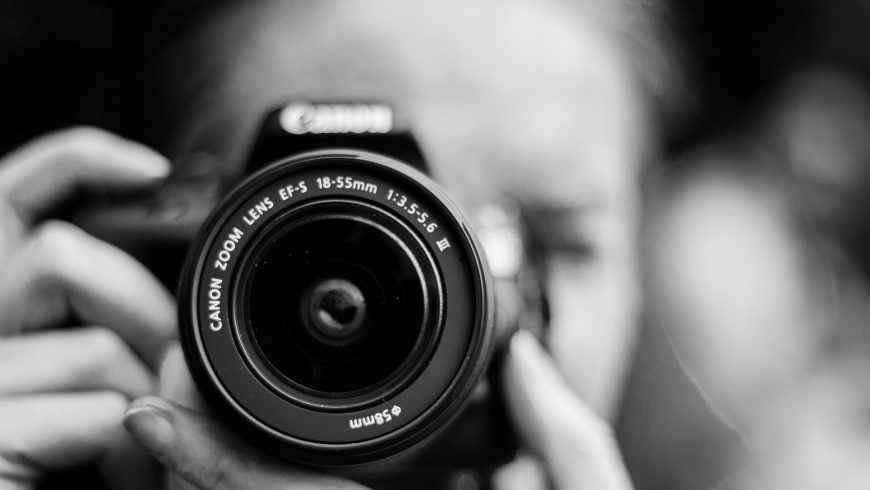
This may sound like a cliché, but it is a very important tip. Some people go super enthusiastic in nature to take photos with their new camera. And this is a good step to make, as you learn about its functionalities on the job. But, when you want to capture wildlife moments, you need to know your gear. Why? Because moments like cheetah fights or lions fleeing prey do not take so much time. The best moments with animals last between 5 and 20 seconds, so you need to know the functionalities of your camera the best you can. You have only a few seconds to adjust the settings and capture the best moment. So, if you are not ready, you may lose it. Of course, you need to adapt to the animals you try to take photos of. For example, impalas and gazelles are pretty skittish, while lions are just trying to find a spot with shadows to relax during the day, and this spot might be right under your car.
However, if you want to capture birds or shy animals, you need telephoto lenses. The length depends on what animals you want to capture and how skittish and shy they are. This type of lens is quite big and hard to carry around, especially if you are hiking. But there are also other options much smaller and easy to carry. Just choose the best that works for you, both have pros and cons.
2. Know Your Subject
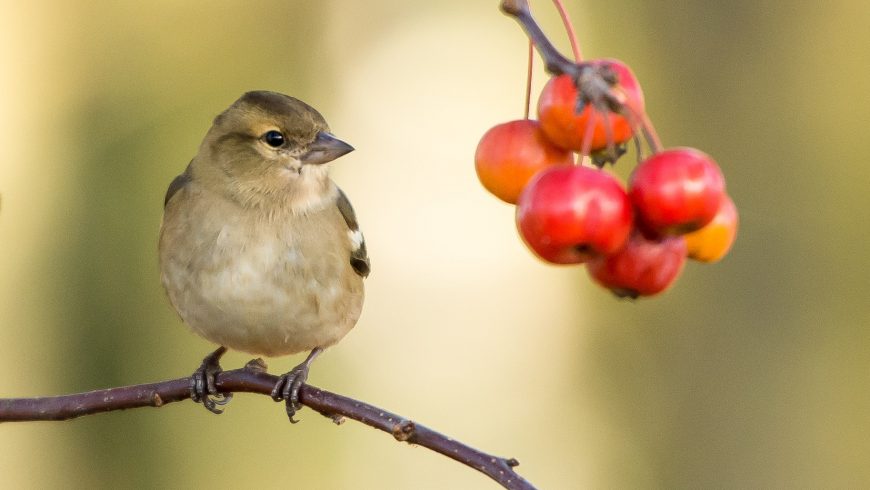
When you want to capture wildlife moments, it is not enough to take your camera, go on the field and wait for the perfect moment. You need to know a few things about your subjects, to maximize your chances to take some good photos. Which is the best way to know your subject? By spending time in nature and observing it. Of course, over time you gain more experience and you will be better at noticing special moments and capturing them.
However, a few details you can find out from the literature or other articles from wildlife magazines. There are some golden moments you cannot miss, but you can find more about them by reading and observing them in their natural habitat. For example, some birds dive into the water and catch fish. Like this, you know that this is a habit and that if you wait long enough, you can capture it. It is impressive.
3. Protect Yourself and Your Gear
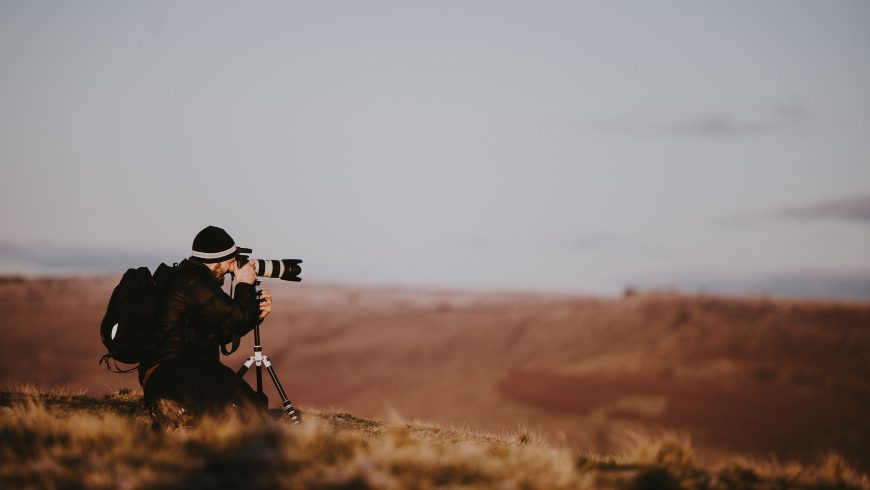
When you go out and take photos, you need to wait for the golden moment. And while waiting, the weather conditions can change drastically. If the weather is sunny, be sure you have a hat, and a cap to protect you from the heat of the sun. Depending on your destination, you can also take a hat with a mosquito net. Be sure you have also a raincoat and some fabrics to protect your gear from harsh weather conditions. There are a lot of accessories made for photographers. For example, if you choose a destination with winter conditions, a lot of snow, and wind, you can have some gloves that have the pointing finger exposed, to ease your job.
4. Know the Rules
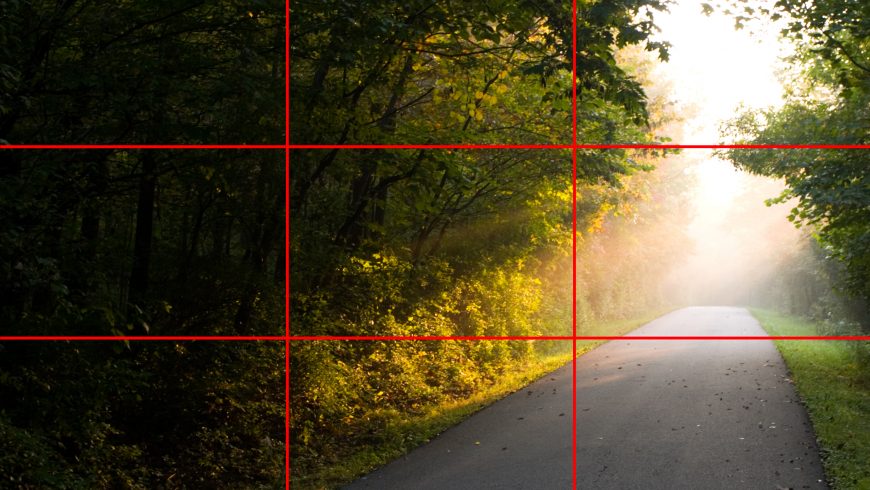
There are a lot of rules that help beginner photographers not only capture stunning photos and create well-balanced shots. The rule of thirds is one of the most important rules in photography. Of course, no one says that you cannot break the rules. But you first need to know them to be sure that actually breaking the rule helps you create a more interesting photo composition.
There are a lot of composition and framing rules that can help you capture stunning wildlife moments.
5. Push and Pull
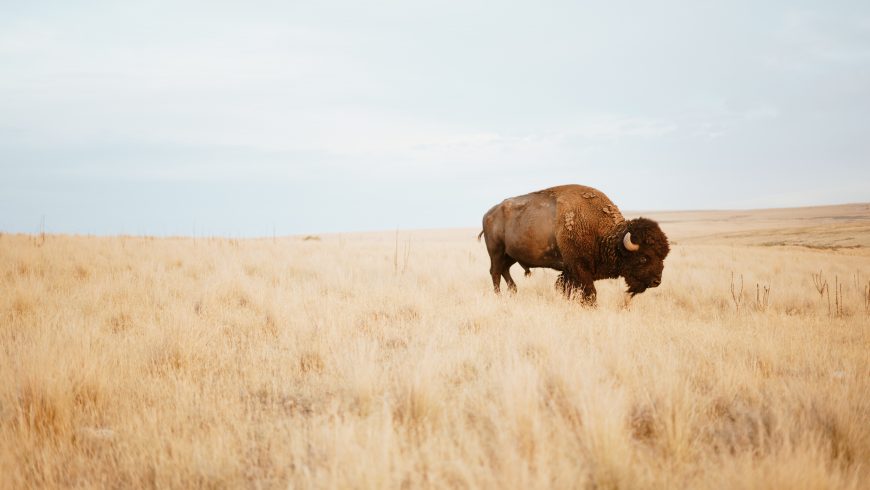
When photographing wildlife, it is essential to photograph both the animals and their environment. We have all seen photos that are like portraits of tiny and big animals and it seems like everyone is trying to capture the big guys. But it is important to not only show details of animals but of their environment too. For example, it is nice if you manage to get a close-up with a lion or a buffalo. But capturing the herd or the pride and their environment can be powerful too. Always remember to back off and use a wide-angle lens to capture the habitat of the wild animals too.
6. Work with Light
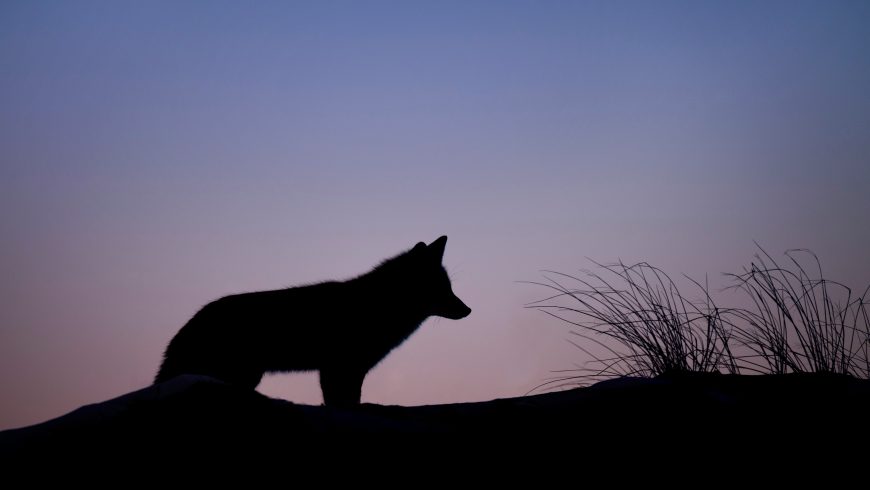
One of the most important pieces of advice you can get from a professional photographer is to work with light. If you are not familiar with the concepts of golden and blue hours, you should gather a few details about them.
The golden hour is the period of daytime right after sunrise or before sunset when the light is warmer and softer. The light during midday is usually harsher and your photos will appear to be “burnt”. The golden hour is the first hour after sunrise and the last hour before sunset.
The opposite of the golden hour is known as the blue hour. It occurs before the sunrise and after sunset when the sky is painted in shades of blue and dark gray. The rule is that the blue hour starts 30 minutes before sunrise and it lasts 10 or 15 minutes after sunset.
Choose to paint with light.
7. Practice Shooting
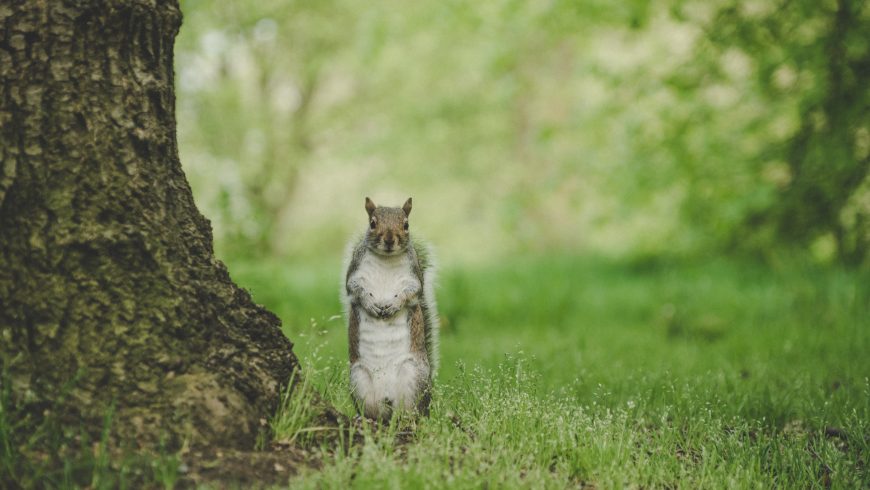
It is not easy to buy a camera and manage to capture amazing shots the first time. Most moments need a lot of preparation and experience in identifying the perfect moment. But, before you go out on a safari or natural reservation, you can practice shooting.
Go out in parks and try to follow birds, squirrels, or stray cats. You will see that most of them are shy and skittish. And this is good preparation for shooting wildlife. Most animals are pretty shy so you need to find the perfect spot and moment. You can also visit local animal parks that let you feed the animals and that have professionals that can share with you advice about animals. Begin with familiar settings.
8. Be Patient
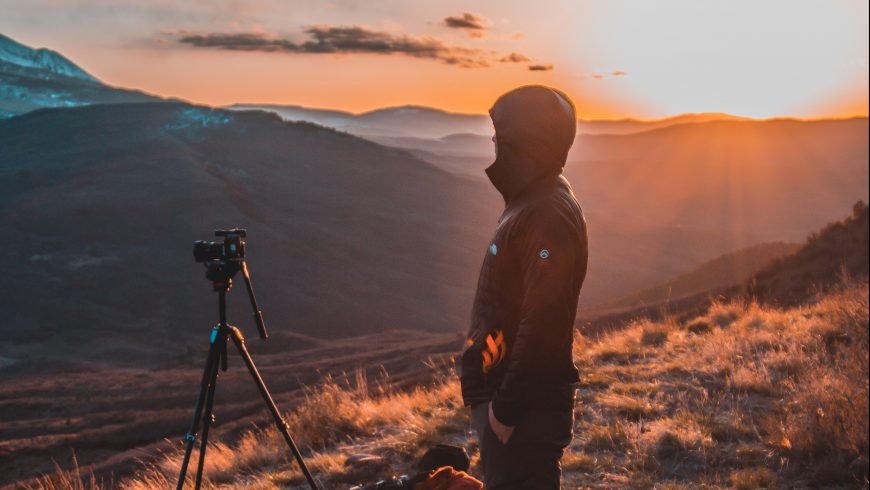
Like we said, patience is the key when shooting wildlife. You cannot intervene and change the behavior of the animals, nor the environmental conditions. Animals have their own routine and habits and capturing beautiful moments needs patience. If you spend enough time with them and gather how many details you can previously, you might be able to anticipate their next moves. Maybe they go on a hunt. Maybe they engage in a fight.
Do not use only your viewfinder to observe the surroundings. Instead, be patient and scan the environment. You might find other nice things too. Patience is a necessity.
9. Take Lots of Photos
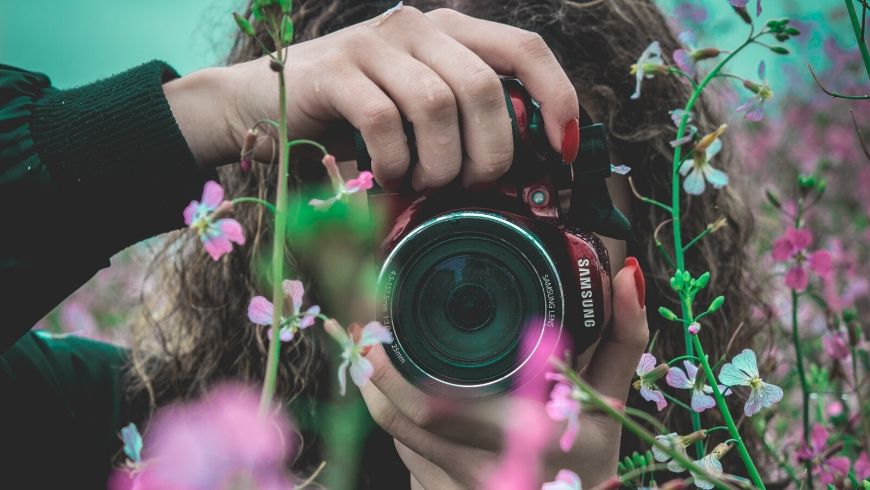
It is important to take lots of photos whenever you are out there photographing. Why? Because not all of them will be just how would like them to be. Lots of photographers say they witness incredible moments and try to capture them by taking hundreds of photos. It turns out only a few of them are up to the standards. Some may turn out blurred or the lightning might not be the appropriate one. And it is best to have plenty of photos to choose from than to regret that you were there in the perfect moment but not captured it.
10. Eye-Level Perspectives
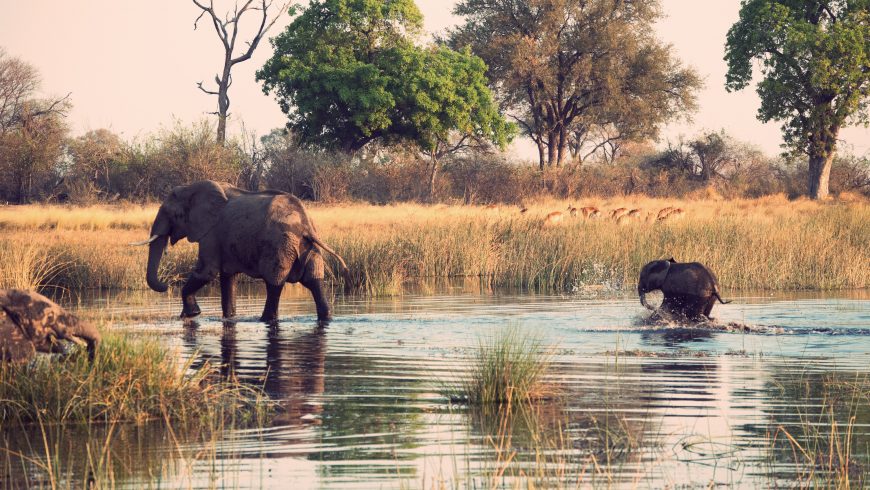
The way you capture the subject can make the difference between a good photograph and a not-so-good photograph. The perspective changes everything, so you need to pay attention to it. Portraying your subject from an eye-level perspective offers the viewers the possibility of confronting it in the eyes. It is also more revealing and intimate.
However, this will not always be possible as you will capture bigger animals too, like elephants or giraffes. But whenever you have the possibility, just try to capture photos this way. You will see that they are more interesting and make the photos come alive.
Conclusion
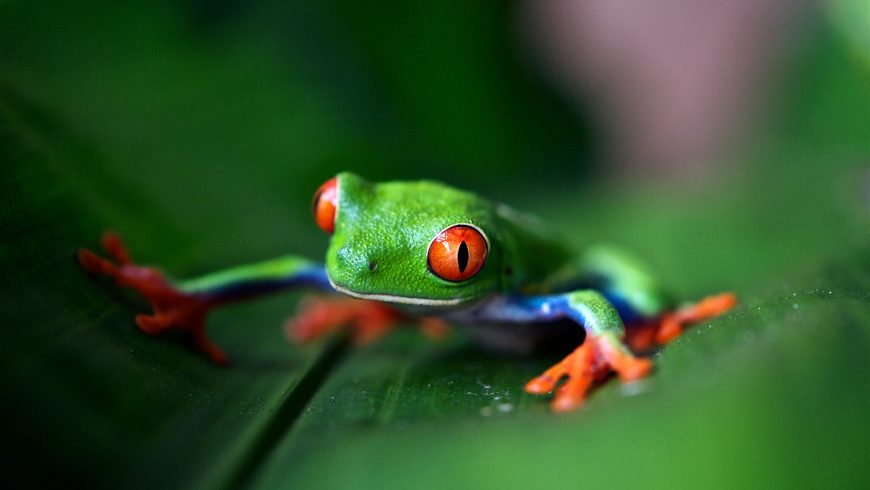
Capturing wildlife is challenging and beautiful. You spend time in nature, watching animals live their life in their natural habitat. You can catch glimpses of their habits and lifestyles. However, it is difficult to capture a stunning photo that is both revealing and intimate.
These 10 wildlife photography tips should help you find and prepare your moment better. Keep in mind the composition rules, as well as the ones regarding the best light. Document your subjects and spend time observing their habits. Choose carefully your gear and protect it and yourself from adverse weather conditions.
And, most importantly, be patient and wait for the perfect moment. It takes commitment and dedication but the results can be stunning.
Cover image: Photo by Ben Blennerhassett on Unsplash

